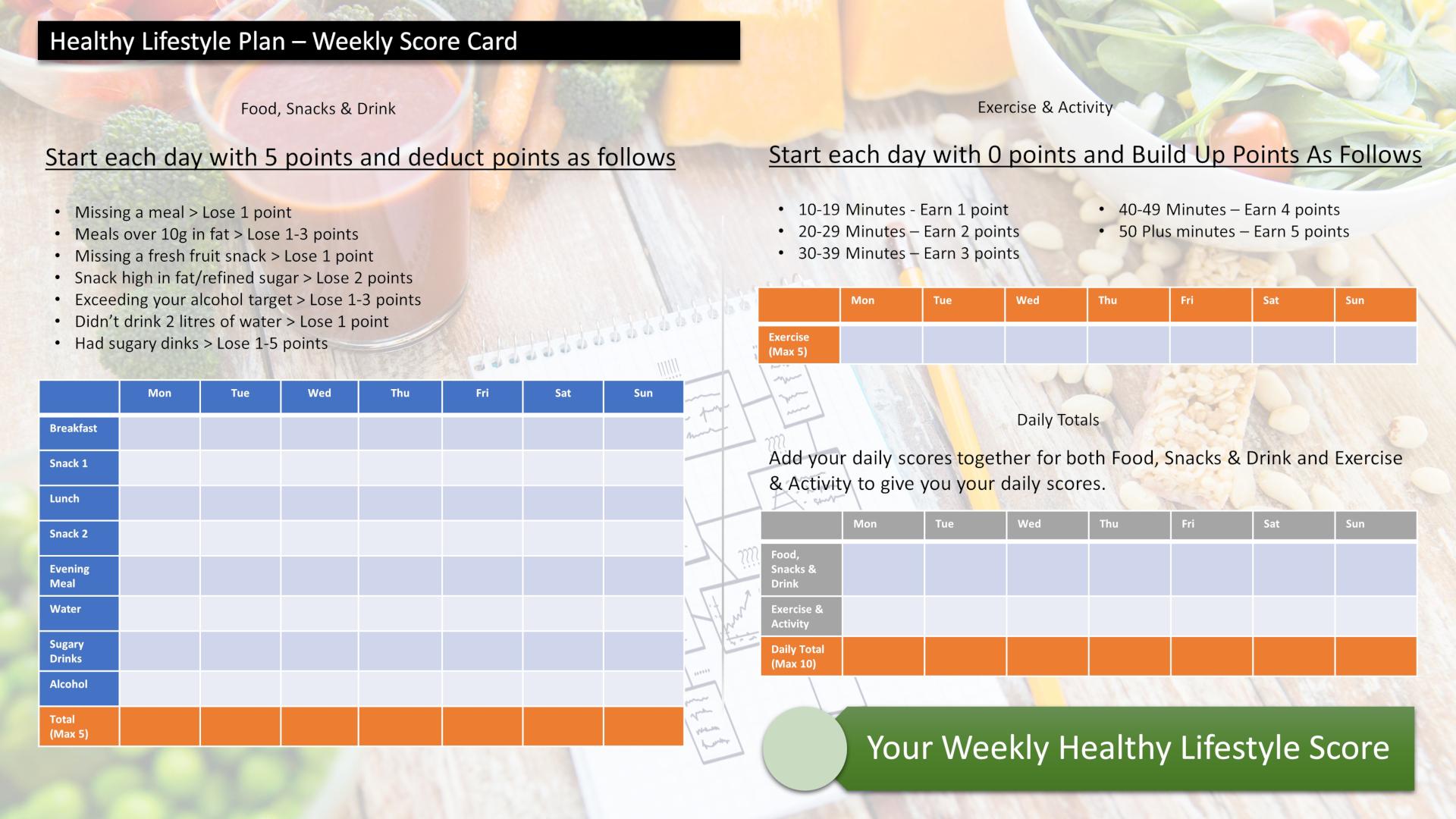Stress has become a common and unavoidable part of life. Learning to cope with stress in both a healthy and effective way is essential in this day and age. Today, I have 4 relaxation exercises that work instantly at relieving stress.
The pressures and strains of life take their toll on your peace of mind. We can’t get rid of the craziness that happens, but we can lessen their effect.
Stress triggers responses in the body – blood pressure raising, heart racing, head aching, muscle tensing, stomach churning kinds of responses. When these responses continue for long periods without relief, they eventually become chronic conditions, illness and disease.
Stress management is so important. Without stress management, all too often your body is always on high alert. Over time, high levels of stress have a negative impact on your health, relationships or quality of life. Start practicing a range of stress management techniques today and you will begin to feel the relief they can bring to you very quickly.
A relaxation technique is any method, process, procedure, or activity that helps a person to relax; to attain a state of increased calmness; or otherwise reduce levels of anxiety, stress or tension. Relaxation techniques can help to decrease muscle tension, lower the blood pressure and slow heart and breath rates, among other health benefits
To effectively combat stress, we need to activate the body’s natural relaxation response. You can do this by practicing relaxation techniques The following stress management relaxation exercises will help you to better manage stress in your life.
You can start practicing these tips right away. Try one or two until you find a few that work for you. Practice these techniques until they become habits you turn to when you feel stress.
These stress management relaxation exercises focus on relaxing your mind and your body.
Relaxation Exercise 1: Progressive muscular relaxation
Progressive muscular relaxation involves a two-step process in which you systematically tense and relax different muscle groups in the body. And as your body relaxes, so will your mind.
- Loosen your clothing, take off your shoes, and get comfortable.
- Take a few minutes to relax, breathing in and out in slow, deep breaths.
- When you’re relaxed and ready to start, shift your attention to your right foot. Take a moment to focus on the way it feels.
- Slowly tense the muscles in your right foot, squeezing as tightly as you can. Hold for a count of 10.
- Relax your right foot. Focus on the tension flowing away and the way your foot feels as it becomes limp and loose.
- Stay in this relaxed state for a moment, breathing deeply and slowly.
- When you’re ready, shift your attention to your left foot. Follow the same sequence of muscle tension and release.
- Move slowly up through your body, contracting and relaxing the muscle groups as you go.
Relaxation Exercise 2: Deep Breathing
With its focus on full, cleansing breaths, deep breathing is a simple, yet powerful, relaxation technique. It’s easy to learn, can be practiced almost anywhere, and provides a quick way to get your stress levels in check.
The key to deep breathing is to breathe deeply from the abdomen, getting as much fresh air as possible in your lungs. When you take deep breaths from the abdomen, rather than shallow breaths from your upper chest, you inhale more oxygen. The more oxygen you get, the less tense, short of breath, and anxious you feel.
- Sit comfortably with your back straight. Put one hand on your chest and the other on your stomach.
- Breathe in through your nose. The hand on your stomach should rise. The hand on your chest should move very little.
- Exhale through your mouth, pushing out as much air as you can while contracting your abdominal muscles. The hand on your stomach should move in as you exhale, but your other hand should move very little.
- Continue to breathe in through your nose and out through your mouth. Try to inhale enough so that your lower abdomen rises and falls. Count slowly as you exhale.
Relaxation Exercise 3: Visual Imagery
Build this on top of your deep breathing.
- Do the deep breathing as explained to relax yourself.
- Then imagine a place where you feel safe, comfortable and relaxed.
- Bring all your senses to that place — see it, hear it, feel it, notice any smells and tastes.
- This place is a haven for you, a place where you feel totally relaxed and comfortable.
- Tell yourself you feel bathed in a sense of peaceful contentment.
- Notice that your 5 senses are calm – sight (eyes), sound (ears), touch (skin), taste (tongue), smell (nose) – they are not running after things in the external world. They are content.
- Enjoy the place for awhile – let yourself feel cared for and relaxed.
- Stay there for awhile before bringing yourself back (about 2 – 5 minutes).
Relaxation technique 4: Visualisation
This is the one I want you really to bring into your daily life. It can be so powerful, so I am going to give you more detail to be able to focus on this right now.
When used as a relaxation technique, visualization involves imagining a scene in which you feel at peace, free to let go of all tension and anxiety. Choose whatever setting is most calming to you, whether it’s a tropical beach, a favorite childhood spot, or a quiet wooded glen.
The purpose of visualization is to enable you to quickly clear mental stress, tension, and anxious thinking. The visualization can be used when feeling stressed and is particularly useful when your mind is racing with fearful, anxious thoughts.
It is best to do this exercise in a quiet place where you won’t be disturbed. You should notice a calming effect on your state of mind along with a sensation of mental release and relaxation.
- Either sitting or standing, close your eyes and move your attention to your breath. To become aware of your breathing, place one hand on your upper chest and one on your stomach. Take a breath and let your stomach swell forward as you breathe in and fall back gently as you breathe out. Take the same depth of breath each time and try to get a steady rhythm going.
- After a minute or two, try to slow your breathing rate down by instituting a short pause after you have breathed out and before you breathe in again. Initially, it may feel as though you are not getting enough air in, but with regular practice this slower rate will soon start to feel comfortable.
- It is often helpful to develop a cycle where you count to three when you breathe in, pause, and then count to three when you breathe out (or two, or four — whatever is comfortable for you). This will also help you focus on your breathing without any other thoughts coming into your mind.
- If you are aware of other thoughts entering your mind, just let them go and bring your attention back to counting and breathing. Continue doing this for a few minutes.
- Now move your attention to your feet. Try to really feel your feet. See if you can feel each toe. Picture the base of your feet and visualize roots growing slowly out through your soles and down into the earth. The roots are growing with quickening pace and are reaching deep into the soil of the earth. You are now rooted firmly to the earth and feel stable like a large oak or redwood tree. Stay with this feeling of grounded safety and security for a few moments.
- Now visualize a cloud of bright light forming way above you. A wide ray of light from the luminous cloud hits the crown of your head, sending a band of bright white light descending slowly from your head all the way down your body, over your legs, and out past your toes.
- As the band of light passes over you, feel it clearing your mental state. It is illuminating your mind and clearing any disturbing or stressful thoughts that you may have been thinking about. Repeat this image four or five times until you feel a sense of clearing and release from any anxious thinking.
- Now see yourself standing under a large, warm, luminescent waterfall. The water is radiant and bubbling with vitality and life. As you stand under the waterfall, you can feel the water run over every inch of your body, soothing you and instilling within you a sense of deep calm.
- Try to taste the water. Open your mouth and let it run into your mouth, refreshing you. Hear it as it bounces off the ground around you. The water is life itself and it is washing away stress and worry from your mind and body. After a moment, open your eyes.
- Now you should be feeling a sense of calmness
In order to train your mind how to let go of the stress, it is important to practice this every day. With practice, you can learn to release all stress within minutes of starting the exercise.
In my opinion, the key to using relaxation techniques regularly is to build them into your lifestyle. The motivation for sticking with it comes from the results you get. I say “You don’t have to believe me, just try relaxation yourself for 1 week. If it doesn’t help you, then stop. But if you don’t try it, you’ll never know what you’re missing.”
Why am I such an advocate for relaxing once a day? Because doing it, makes me feel great. It improves my energy levels, my sleep, my creative ability and more.
The relaxation response you’re eliciting does several great things for you. It relaxes your muscles, makes breathing easier, lowers blood pressure, improves circulation, and removes negative thoughts from your mind. It also makes you more receptive to positive suggestions that will build up your positive attitude and belief system.
Go on, give it a go – I think you’ll be pleasantly surprised.
Score Your Way To Good Health - With Our Healthy Lifestyle Plan
Score your way to good health with our healthy lifestyle plan and it's unique 70 point weekly scorecard!



